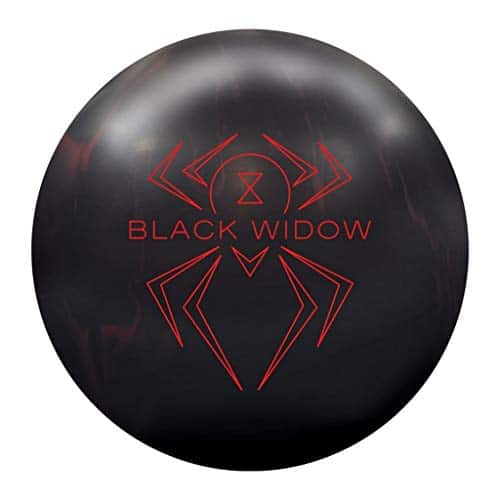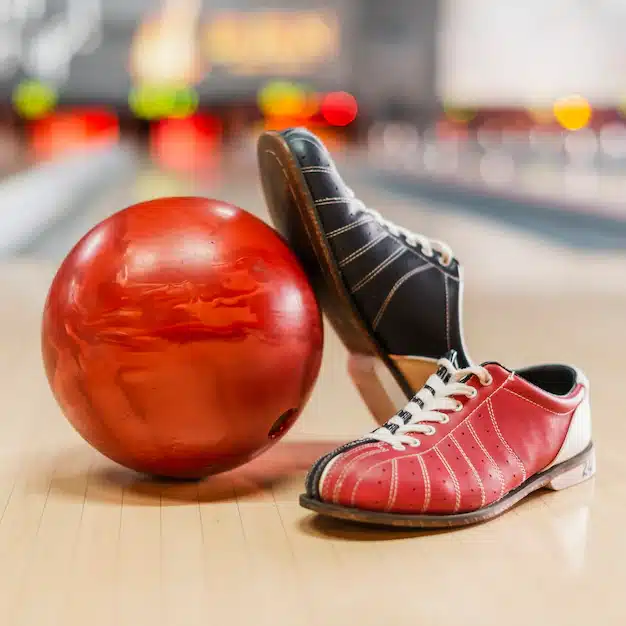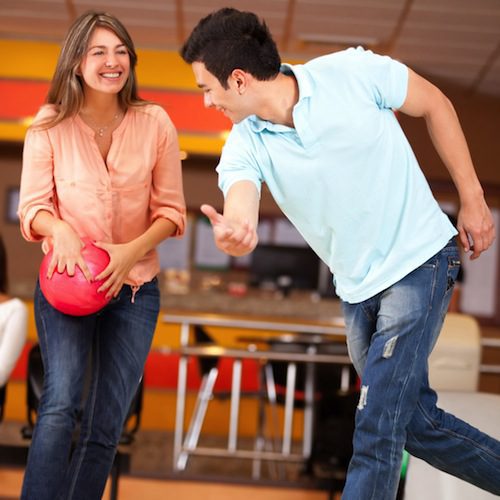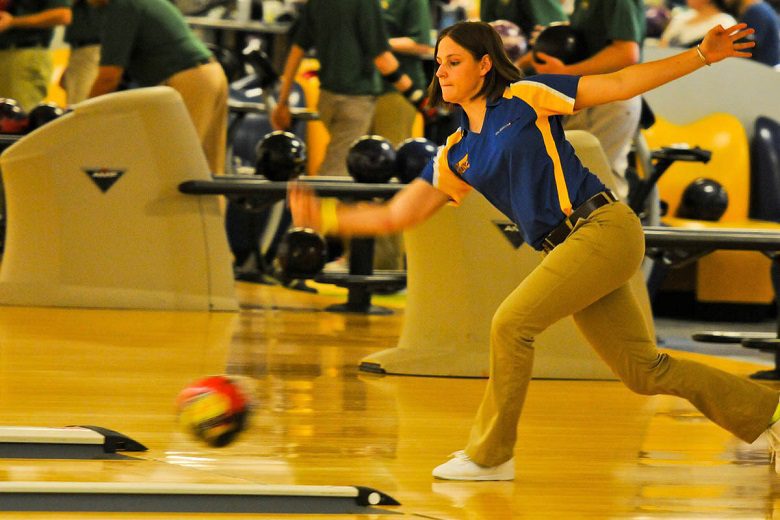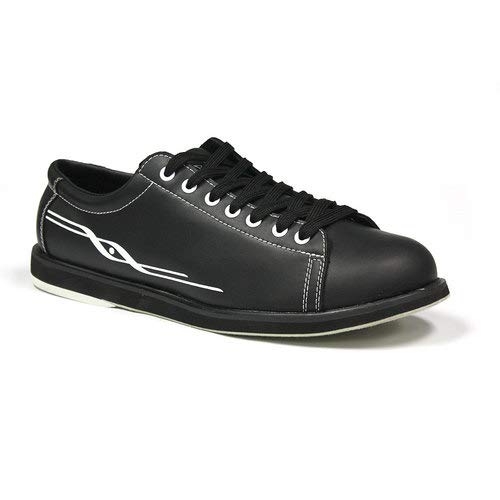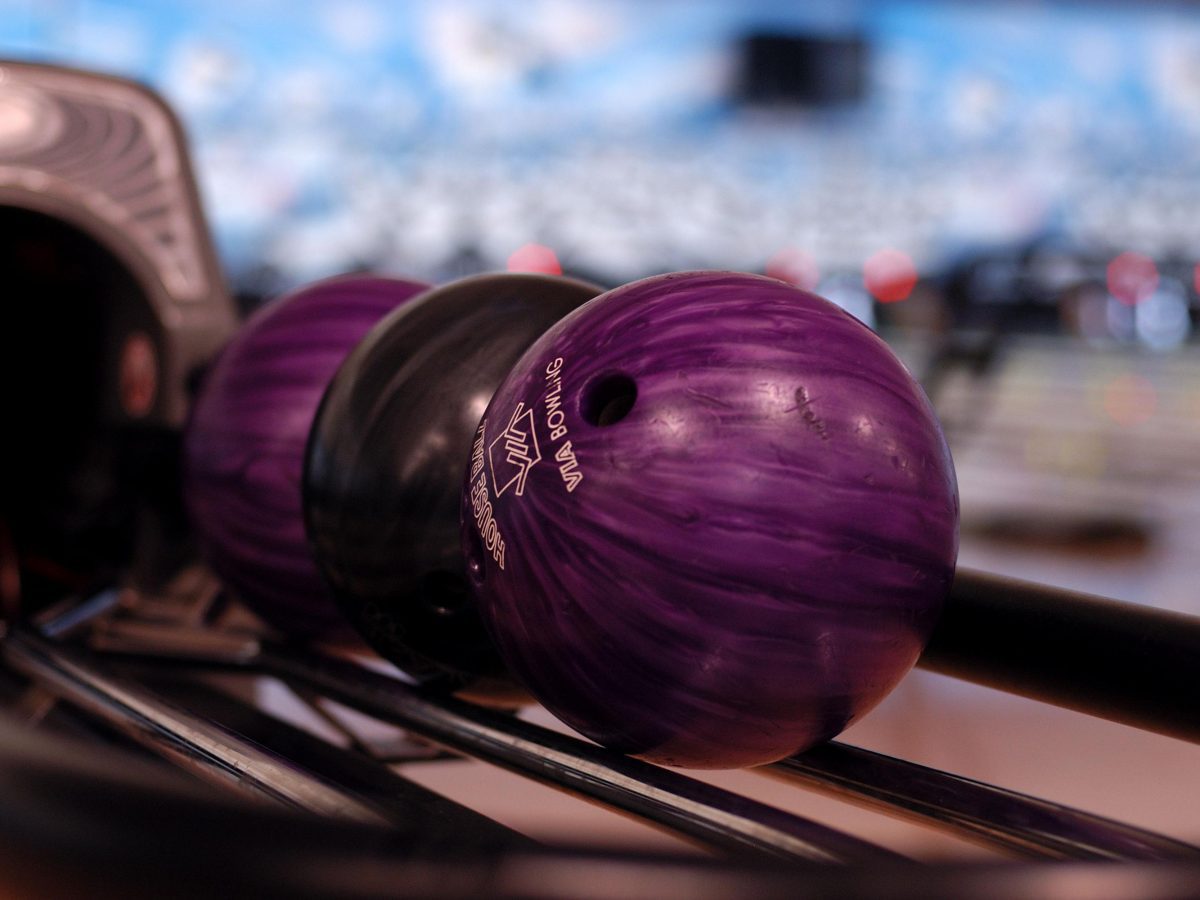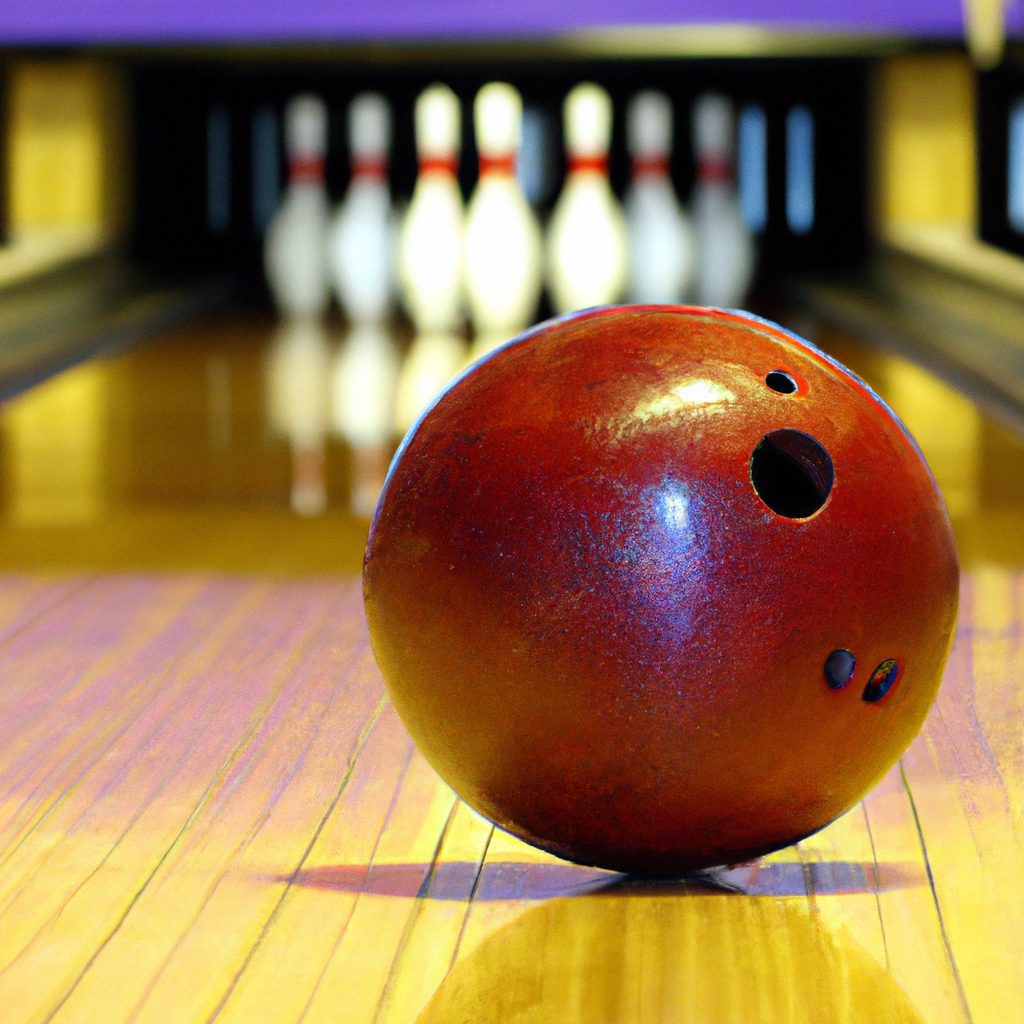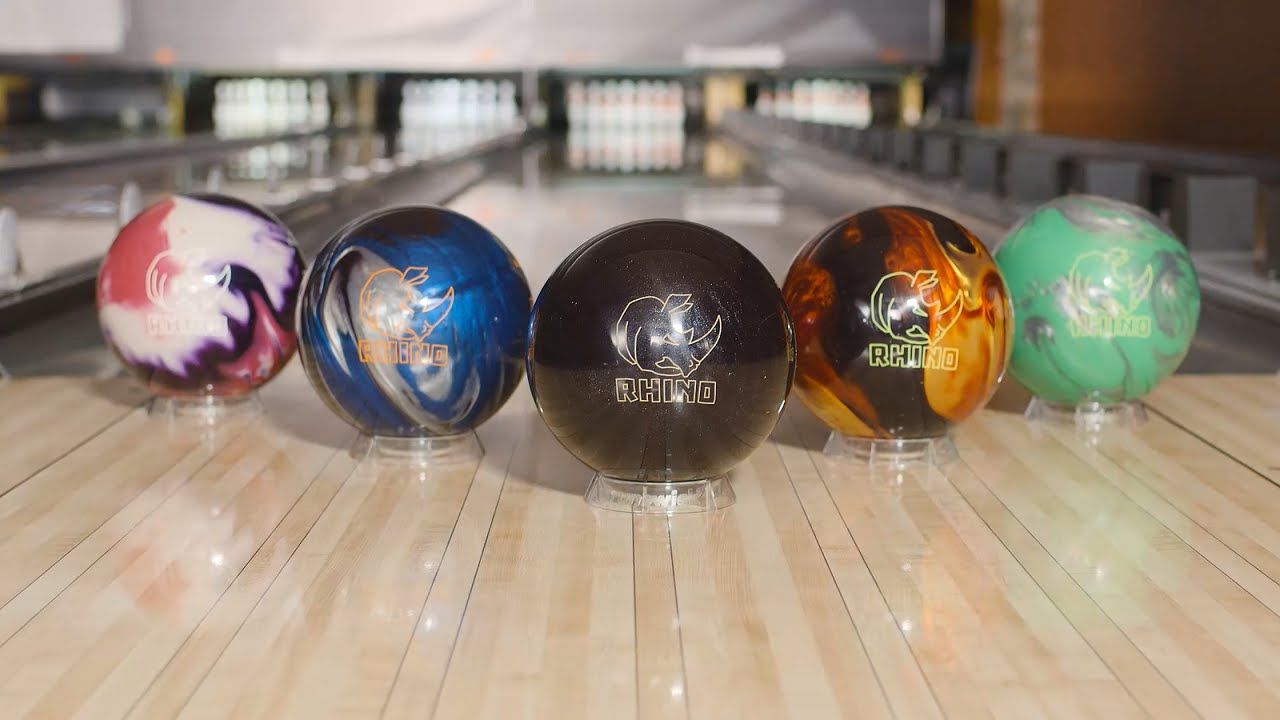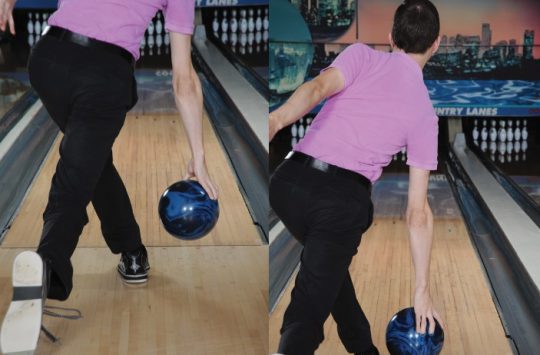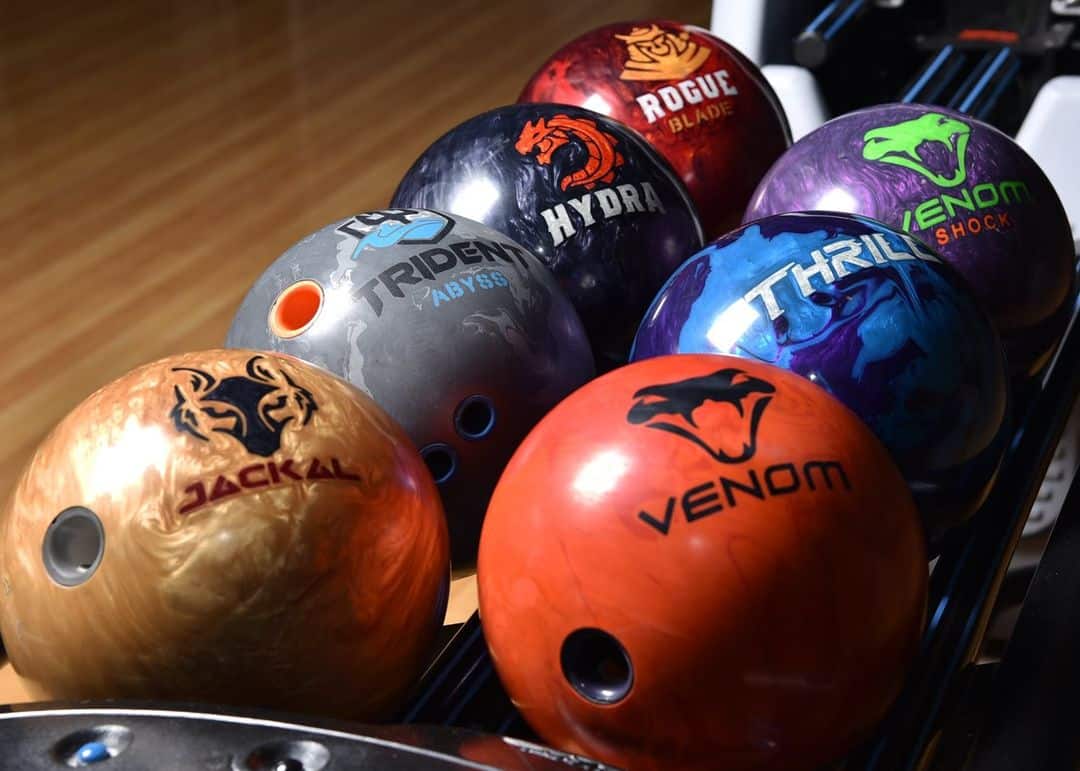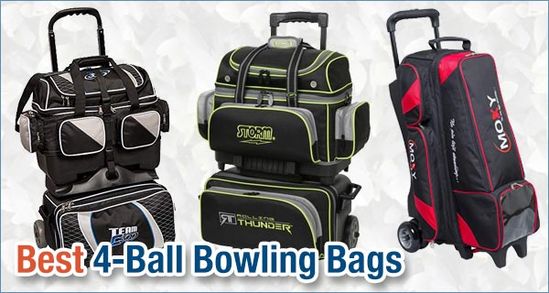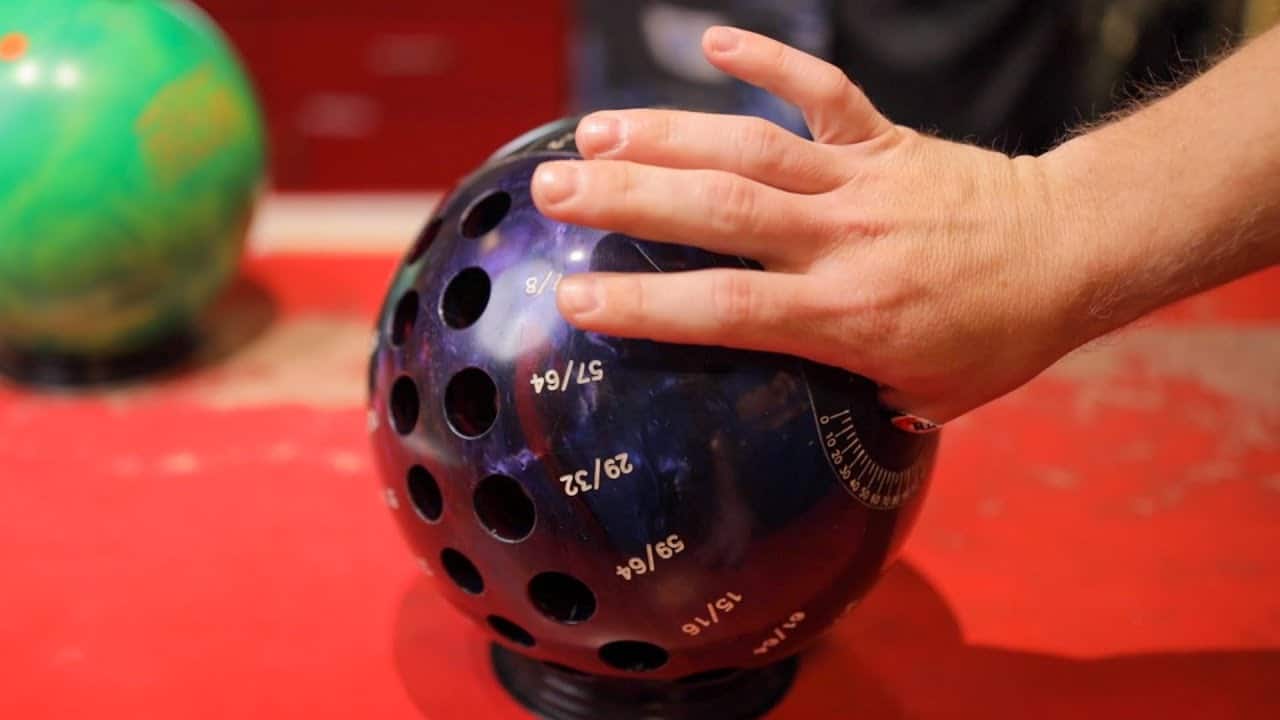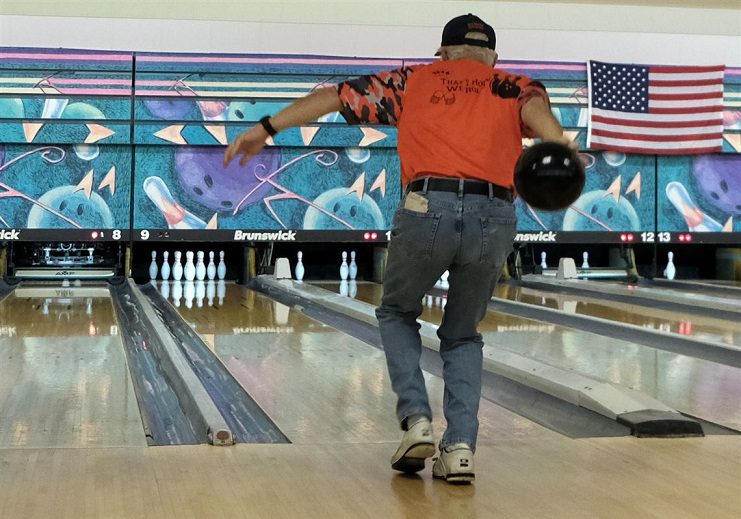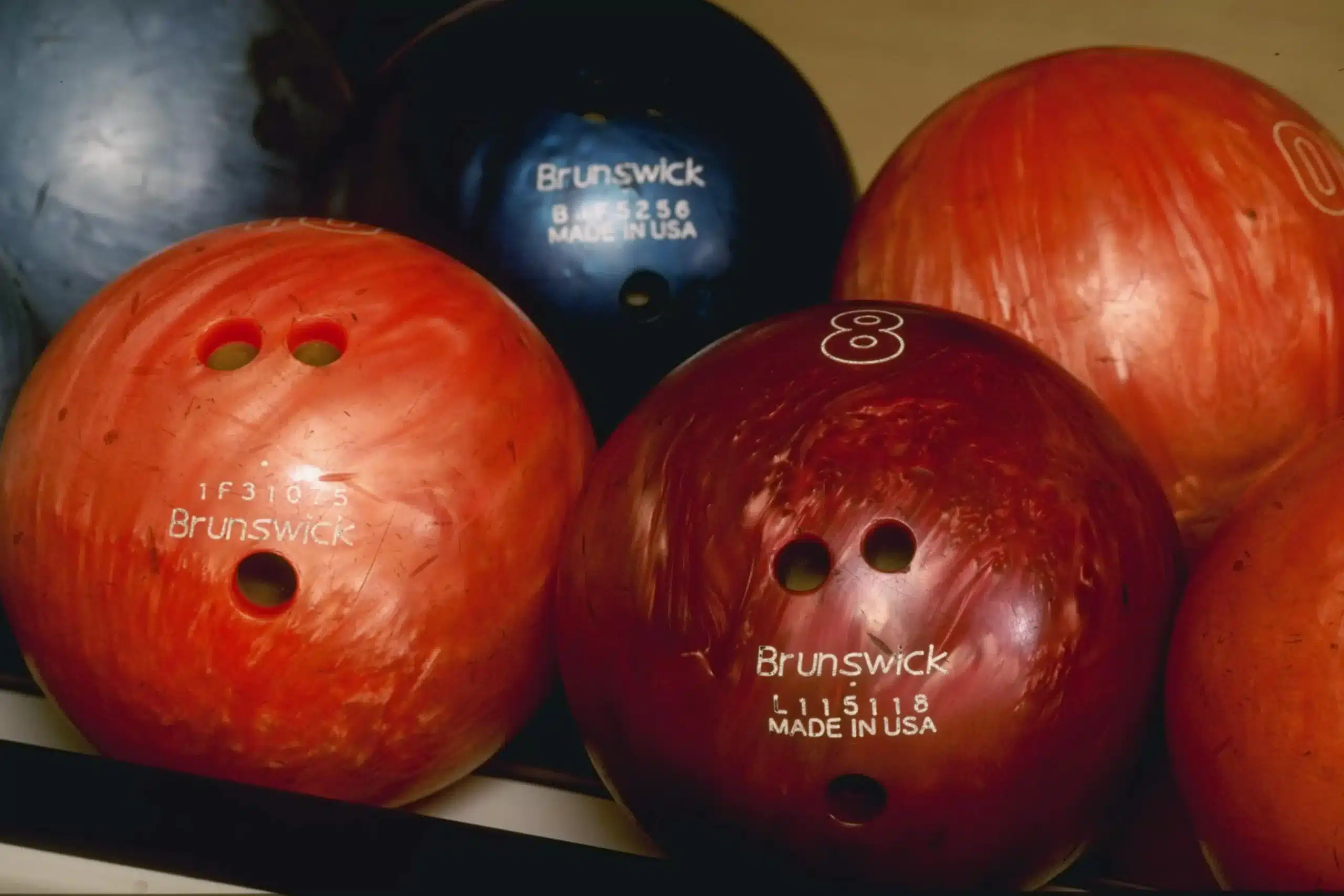Bowling shoes are often adorned with a sliding sole, commonly known as a “slide sole,” which may seem puzzling to those unfamiliar with the sport. However, this unique feature serves an essential purpose on the slippery lanes. In this article, we will uncover the reason behind why bowling shoes have a sliding sole. So, fasten your seatbelts as we embark on a fascinating journey into the world of bowling footwear!
Review contents
The Importance of Slide in Bowling
Introduction
In the world of bowling, slide plays a crucial role in technique and performance. Slide refers to the ability of a bowler’s shoe to glide smoothly on the bowling alley’s surface before releasing the ball. It allows us to maintain balance, control, and momentum during our approach, leading to more consistent and accurate shots. In this article, we will explore the significance of slide in bowling, the types of sliding soles, the impact of lane conditions, and how sliding soles improve our overall performance.
The Role of Slide in Bowling Technique
Slide is an essential component of a bowler’s technique. As we approach the foul line, slide allows us to achieve a balanced and controlled release of the ball. Without slide, we would experience increased friction, resulting in potential stumbling and compromised accuracy. Through proper slide technique, we can utilize the momentum generated during our approach to deliver a powerful and accurate shot.
The Difference between Heel Slide and Toe Slide
There are two primary types of slide in bowling – heel slide and toe slide. Heel slide refers to the bowler’s shoe sliding on the approach predominantly on the heel, while toe slide involves the shoe sliding on the toe area. Each type of slide has its advantages and is dependent on personal preference and technique.
Heel slide offers more stability and control. By sliding on the heel, bowlers can maintain a lower center of gravity, enhancing their balance throughout the release. On the other hand, toe slide allows for a longer slide and increased momentum. It is favored by bowlers who rely on speed to generate power in their shots.
The Impact of Bowling Lane Conditions on Slide
Bowling lane conditions play a significant role in the effectiveness of slide. Dry lanes, with minimal oil or friction, require bowlers to have a more substantial slide to glide smoothly towards the foul line. In contrast, heavily oiled lanes may necessitate reduced slide for better control.
Understanding the lane conditions and adapting our slide technique accordingly is crucial for achieving optimal performance. Techniques for adjusting our slide range from subtle changes in foot posture to using different sliding soles on our bowling shoes, which we will explore further.
The Advantages of Sliding in Bowling
Sliding in bowling provides several advantages that directly contribute to our overall performance. One major advantage is the consistent approach it allows us to maintain. By sliding, we can replicate our approach and footwork consistently shot after shot, leading to improved accuracy and control.
Another advantage is the enhanced balance and control sliding offers. With a smooth slide, we can focus on our delivery and follow-through without worrying about losing balance or stumbling during our approach. This stability is vital for executing shots with precision.
Furthermore, sliding helps to reduce the risk of injury. By minimizing the impact on our knees and lower body, it helps prevent strain and potential accidents caused by abrupt stops or excessive friction.
Common Sliding Techniques in Bowling
There are various sliding techniques employed by bowlers to optimize their performance. One popular technique is the “one-step slide,” where bowlers take a single larger step and slide while releasing the ball. This technique allows for better control and precision during the release.
Another technique is the “short slide,” where bowlers have a shorter slide approach to generate more power and speed. This technique is commonly used by bowlers who prefer toe slide to maximize their momentum.
Bowlers also utilize different types of sliding materials on their shoes, such as synthetic sliding soles or removable sliding pads, to adapt their slide to various lane conditions and individual preferences.
Understanding Bowling Shoe Designs
Bowling Shoe Components
To understand the design of bowling shoes, it is essential to familiarize ourselves with their components. Bowling shoes typically consist of two parts – the upper and the sole. The upper serves to protect and support the foot, while the sole provides the necessary sliding capabilities.
Most bowling shoes have two soles, one for sliding and the other for traction. This design allows us to switch between sliding and stopping without compromising our ability to maneuver on the approach.
Types of Soles in Bowling Shoes
Bowling shoes feature a wide variety of soles designed to accommodate different bowlers and lane conditions. The most common types of soles include rubber, leather, and synthetic materials.
Rubber soles offer good traction and stability, making them suitable for bowlers who prefer reduced slide or bowl on drier lane conditions. Leather soles, on the other hand, provide a moderate amount of slide and are favored by bowlers who require a balanced approach.
Synthetic soles, often made from materials like Teflon or microfiber, are specifically designed for optimal slide performance. They offer a consistent glide on various lane conditions and can be customized to match individual preferences.
Special Features in Sliding Soles
Sliding soles in bowling shoes often come with special features that enhance their performance. One notable feature is the inclusion of built-in traction patches or brakes on the sliding sole. These patches provide additional stopping power when necessary, allowing bowlers to maintain control during their slide and prevent overshooting the foul line.
Some sliding soles also incorporate ventilation or moisture-wicking properties to keep the feet dry and comfortable throughout the bowling session, ensuring maximum performance and longevity of the shoes.
Adjustable Sliding Soles
With the advancements in bowling shoe technology, some manufacturers now offer shoes with adjustable sliding soles. These shoes allow bowlers to switch between various slide levels by simply changing the sliding sole. This feature provides flexibility and adaptability to different lane conditions, enabling bowlers to optimize their slide for better performance.
Historical Evolution of Bowling Shoes
Early Bowling Shoes
Bowling shoes have come a long way since their inception in the early days of the sport. Initially, bowling shoes were simple leather or rubber-soled shoes, often repurposed from other sports like tennis or basketball. They lacked the specialized features and sliding capabilities that we find in modern bowling shoes today.
Introduction of Sliding Soles
The concept of sliding soles was introduced in the mid-20th century, revolutionizing the game of bowling. The addition of sliding soles provided a solution to the inherent problem of excessive friction between the shoe and the bowling lane, allowing bowlers to achieve a smoother slide and improved performance.
Advancements in Bowling Shoe Technology
Over the years, bowling shoe technology has continued to advance, leading to the creation of shoes with enhanced performance features. The introduction of synthetic materials, such as microfiber or Teflon, has significantly improved the sliding abilities of bowling shoes, providing a consistent and reliable slide on a variety of lane surfaces.
Influence of Professional Bowlers on Shoe Design
Professional bowlers have played a significant role in shaping the design of bowling shoes. Their input and feedback have led to the development of specialized features that cater to the specific needs and preferences of elite bowlers. The collaboration between shoe manufacturers and professionals ensures that bowling shoes continue to evolve and meet the demands of competitive bowlers.
The Science behind Sliding Soles
Friction and Its Role in Slide
Friction is a crucial factor in understanding the mechanics of slide in bowling. It is the force that opposes motion between two surfaces in contact. In the case of bowling, friction between the shoe sole and the lane surface can either facilitate or impede the slide.
Sliding soles aim to reduce friction between the shoe and the lane by using materials that have low coefficients of friction. By minimizing friction, bowlers can achieve a smoother glide and maintain their momentum during the approach.
Materials Used in Sliding Soles
Sliding soles are typically made from synthetic materials like microfiber, Teflon, or similar compounds. These materials have desirable properties such as low friction coefficients, durability, and adaptability to different lane conditions.
Microfiber soles are known for their consistent slide and excellent breathability. They provide a smooth glide while effectively wicking away moisture, ensuring optimal performance and comfort.
Teflon soles offer exceptional durability and playability on various lane conditions. They are renowned for their low coefficient of friction, allowing bowlers to achieve a controlled slide throughout their approach.
Optimizing Slide Performance
To optimize slide performance, it is crucial to understand the individual characteristics and preferences of the bowler. Factors such as body weight, foot posture, and personal expectations contribute to the desired level of slide.
Proper maintenance and care of sliding soles also play a significant role in their performance. Regular cleaning and replacing worn-out soles when necessary ensure that the shoes maintain their slide capabilities over time.
The Mechanics of Sliding
The mechanics of sliding in bowling are determined by a combination of factors, including footwork, posture, and shoe design. As bowlers approach the foul line, they transfer their weight from their back foot to the sliding foot, allowing for a smooth slide towards the target.
The sliding motion is facilitated by the specialized design of the sliding sole, ensuring that the shoe glides effortlessly on the lane surface. The length and speed of the slide can be adjusted through changes in posture and stride length, allowing bowlers to fine-tune their approach to match their preferences and lane conditions.
How Sliding Soles Improve Bowling Performance
Enhancing Slide for Consistent Approach
Sliding soles play a pivotal role in achieving a consistent approach in bowling. With a reliable and controlled slide, bowlers can replicate their footwork and positioning shot after shot, leading to improved accuracy and more consistent results. The ability to maintain a consistent approach is vital for developing muscle memory and achieving optimal performance.
Improving Balance and Control
A smooth slide significantly enhances a bowler’s balance and control throughout their approach. By reducing friction and allowing for a stable glide, sliding soles provide the foundation for a solid delivery. This improved balance and control translate into more accurate shots, increasing the likelihood of hitting the desired target consistently.
Reducing Risk of Injury
Sliding soles help reduce the risk of injury associated with bowling, particularly in the lower body and joints. The smooth slide minimizes the impact on the knees and ankles, reducing stress and strain during the approach. By minimizing the risk of injuries, bowlers can focus on their game without worrying about potential setbacks from physical discomfort.
Adapting to Lane Conditions
Bowling lanes can vary in conditions, including oil patterns and friction levels. Sliding soles allow bowlers to adapt their slide to match the specific lane conditions they encounter. By switching to different sliding soles or adjusting technique, bowlers can optimize their approach on a variety of lane surfaces, enhancing their overall performance and versatility.
Choosing the Right Bowling Shoes
Identifying Your Bowling Style
When choosing bowling shoes, it is crucial to identify and understand your bowling style. Factors such as preferred slide level, foot posture, and personal preference for materials all contribute to selecting the right shoes.
Bowlers who prefer a stronger slide may opt for shoes with more advanced sliding soles or adjustable features. Those who prefer reduced slide may prioritize shoes with rubber or leather soles, depending on their individual needs.
Considering Lane Conditions and Surface
Another vital consideration when choosing bowling shoes is the lane conditions and surface you typically encounter. If you bowl on a variety of lane conditions, it may be beneficial to invest in shoes with interchangeable sliding soles to adapt to various surfaces.
For bowlers who primarily bowl on dry lanes, shoes with rubber or leather soles may be more suitable. On the other hand, synthetic soles or Teflon-based sliding soles are ideal for bowlers who frequent heavily oiled lanes.
Seeking Professional Advice
For beginner bowlers or those looking to improve their game, seeking professional advice from an experienced bowler or pro shop staff can be invaluable. These individuals can assess your individual needs and recommend the most suitable shoe options based on your skill level, bowling style, and lane conditions you commonly encounter.
Trying Different Options
Since every bowler is unique, it may be necessary to try different bowling shoe options to find the perfect fit. Take advantage of opportunities to try on different shoes before making a purchase. Testing their comfort, slide ability, and overall fit will help ensure the shoes meet your specific requirements and preferences.
Maintaining Bowling Shoes
Cleaning and Care Tips
To maximize the lifespan and performance of bowling shoes, regular cleaning and care are essential. After each bowling session, it is recommended to remove any debris or excess moisture from the soles and uppers. Using a soft brush or cloth and a mild cleaning solution, gently wipe the shoes to maintain their cleanliness and prevent any buildup that could affect slide performance.
Replacing Worn-out Sliding Soles
Over time, sliding soles can wear down and lose their effectiveness. It is important to regularly inspect the soles for signs of wear and replace them when necessary. Worn-out sliding soles can compromise slide performance and potentially lead to injuries or inconsistent approach.
Replace the soles with the same type or seek advice from a professional to determine the most suitable replacement option for your bowling shoes.
Regular Shoe Inspection
In addition to replacing worn-out sliding soles, it is crucial to regularly inspect the overall condition of your bowling shoes. Check for any signs of damage, such as loose stitching or worn-out uppers, that may affect their performance or longevity.
Performing routine inspections allows you to address any issues promptly and ensure that your shoes are in optimal condition for each bowling session.
Preserving Shoe Performance
To preserve the performance of bowling shoes, it is advised to wear them exclusively on the bowling lanes. Keeping the soles and uppers clean and free from debris, oils, or other contaminants will help maintain their slide capabilities.
Additionally, storing your bowling shoes in a cool, dry place away from extreme temperatures or moisture can prevent damage and enhance their overall lifespan.
Comparing Sliding Soles with Regular Shoe Soles
Why Regular Shoes are Inadequate for Bowling
Using regular street shoes or athletic shoes for bowling is highly discouraged. These shoes are typically designed with soles optimized for traction and stability on solid surfaces, which is unsuitable for the smooth slide required in bowling. Regular shoes lack the specialized features and materials found in bowling shoes, leading to compromised slide performance and potential safety hazards.
Differences in Traction
Regular shoe soles are designed to provide maximum traction and grip on surfaces, ensuring stability and preventing slips. In contrast, sliding soles are intentionally designed to minimize friction and facilitate a controlled slide on the bowling alley surface.
The difference in traction capabilities between regular shoe soles and sliding soles allows bowlers to execute their approach and release with precision and consistency.
Impact on Bowling Technique
Wearing regular shoes during bowling can significantly impact a bowler’s technique and overall performance. The lack of slide in regular shoes requires bowlers to generate excessive force and energy to compensate for the increased friction, leading to potential muscle strain and compromised accuracy.
Additionally, regular shoes are not designed to support the specific movements and footwork involved in bowling. The absence of necessary features, such as stability, balance, and slide, hinders a bowler’s ability to execute shots effectively.
Safety Considerations
Bowling alleys are specifically designed with bowling shoes in mind. The lanes and approaches are conditioned to accommodate the slide of bowling shoes, ensuring a safe and controlled environment for bowlers.
Wearing regular shoes on bowling lanes may invalidate insurance coverage, as it poses a safety risk to both yourself and others. Regular shoes can create excessive friction, potentially resulting in injury or damage to the lanes. Using appropriate bowling shoes demonstrates a commitment to safety and respect for the sport.
The Evolution of Bowling Shoe Fashion
Early Shoe Designs
In the early days of bowling, shoe fashion played a relatively minor role. Bowling shoes were primarily functional, with a focus on providing the necessary slide and support for bowlers. They were often simple, plain leather or rubber-soled shoes, lacking the unique style and flair associated with modern bowling shoes.
Incorporating Style and Function
As the sport of bowling gained popularity, the design and aesthetics of bowling shoes began to evolve. Shoe manufacturers recognized the importance of combining style with functionality, creating shoes that not only perform well but also reflect individual bowler’s personality and fashion sense.
Modern bowling shoes now come in a wide range of colors, patterns, and designs, serving as a fashion statement as well as a vital piece of bowling equipment. This fusion of style and function showcases the evolution of bowling shoe fashion.
Influence of Popular Culture on Bowling Shoes
Bowling shoes have often been influenced by popular culture trends and styles. From the vibrant, retro designs of the 1950s and 1960s to the bold and colorful patterns of the 1980s, bowling shoes have embraced the spirit of the times.
Television shows, movies, and celebrities have also had a significant impact on bowling shoe fashion. Iconic characters and stars sporting unique bowling shoe styles have influenced the fashion choices of bowlers around the world.
Modern Shoe Designs and Trends
In recent years, bowling shoe designs have become increasingly diverse and innovative. Manufacturers now offer shoes with sleek, athletic designs, incorporating the latest technologies for improved performance. Lightweight materials, customizable features, and ergonomic designs are just a few examples of the modern shoe trends that cater to the ever-evolving needs and preferences of bowlers.
Bowling shoe fashion continues to evolve, blending functionality with style, creating shoes that not only enhance performance but also showcase individuality and personal expression.
Conclusion
Slide plays a crucial role in the game of bowling. The ability to glide smoothly towards the foul line with balance, control, and precision is essential for achieving optimal performance. Sliding soles in bowling shoes offer bowlers the necessary slide capabilities to adapt to various lane conditions, enhance their approaches, and improve their overall technique and accuracy.
Understanding the different sliding techniques, shoe designs, and the science behind slide provides bowlers with the knowledge to choose the right bowling shoes that suit their style and lane conditions. Regular maintenance and care ensure the longevity and performance of bowling shoes, while the adoption of proper slide technique minimizes the risk of injury and optimizes the bowling experience.
Bowling shoe fashion has come a long way, incorporating style and function to meet the demands of modern bowlers. With advancements in technology and ongoing inspiration from popular culture, bowling shoes continue to evolve, reflecting the individuality and passion of bowlers worldwide.




![Spare bowling ball Top 10 in 2024. (reviews) Top 10 Best Spare Bowling Balls [2021 Reviewed]](http://landofbowling.com/wp-content/uploads/2021/07/Top-10-Best-Spare-Bowling-Balls-2021-Reviewed.jpg)






